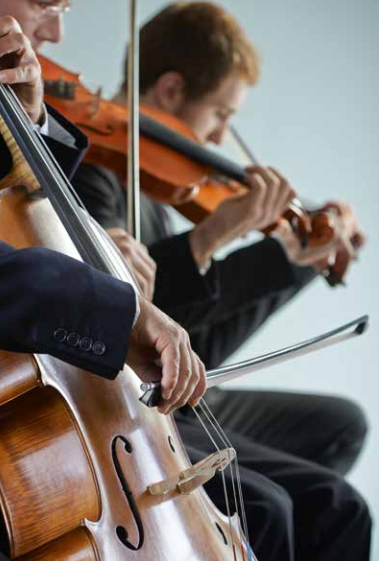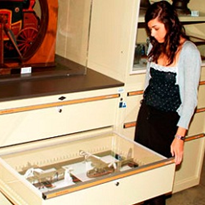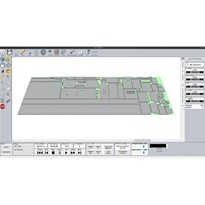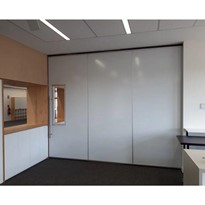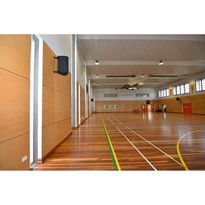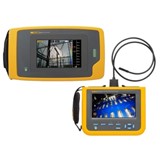Concert halls are generally home to classical orchestras which may require as many as one hundred or more musicians to take the stage, or as few as two in the case of chamber music concerts, for instance. Both the conductor and the musicians must be able to register and evaluate the sound in a way that ensures each member of the audience – from the front row to the very back – is given an outstanding experience of the music and acoustics. Large concert halls can accommodate visitor numbers of 2000 and more. Clothing, hair, shoes, plus the various types of material used for the seats, walls and flooring are just some of the numerous obstacles that have to be navigated in creating acoustic effects. Sound can end up swallowed, blended, overlapping or reflected. Room acoustics represent just one piece of the jigsaw, however: creating the perfect acoustic experience requires several factors to work in harmony.
Describing his discipline of measuring subjective audio impressions, renowned acoustic technician Eckhard Kahle says: ”There is a whole range of parameters involved in describing the characteristics of a hall, including reverberation, presence, spatial impression and timbre. The art lies in making these parameters, which can be measured as physical variables, work together in perfect harmony.“


